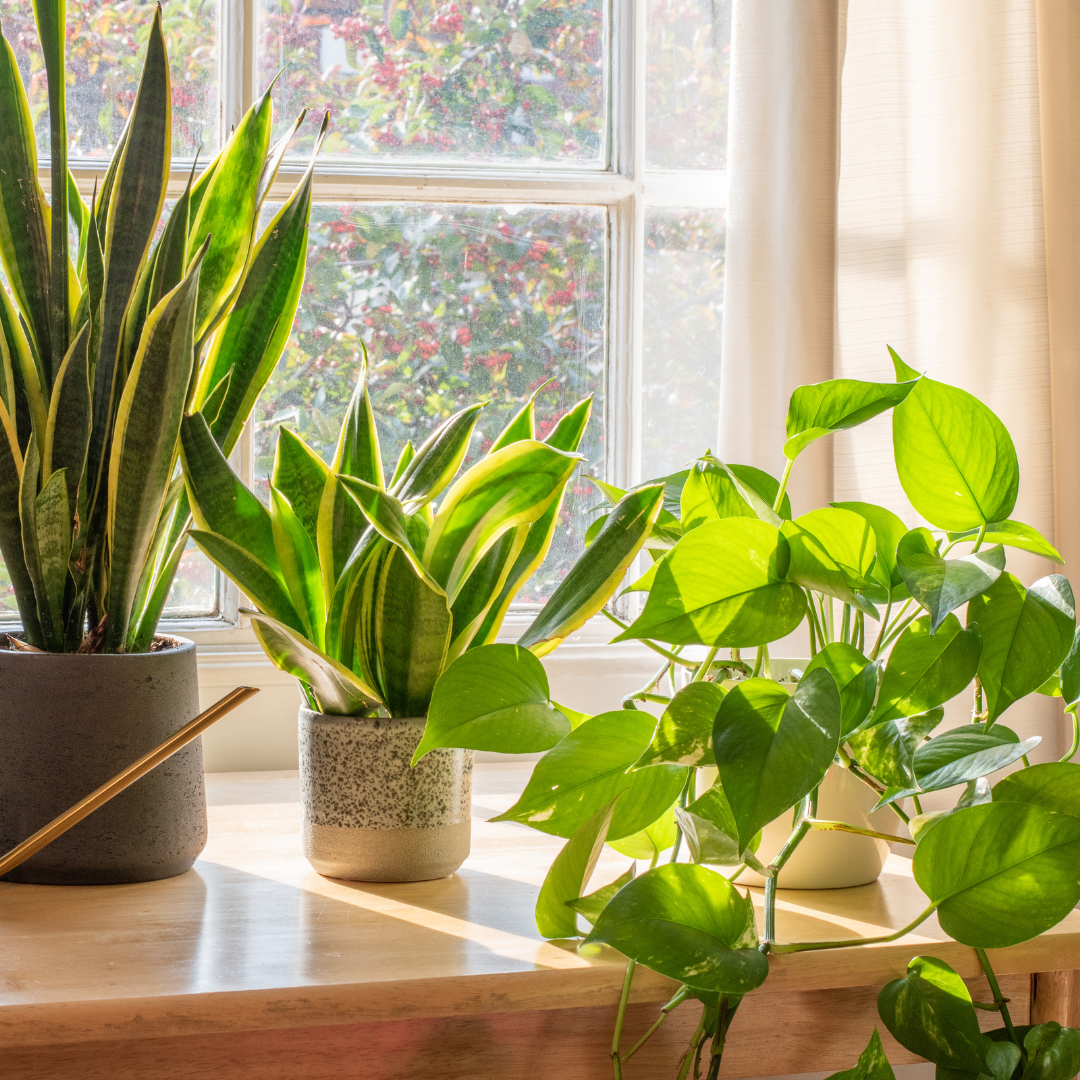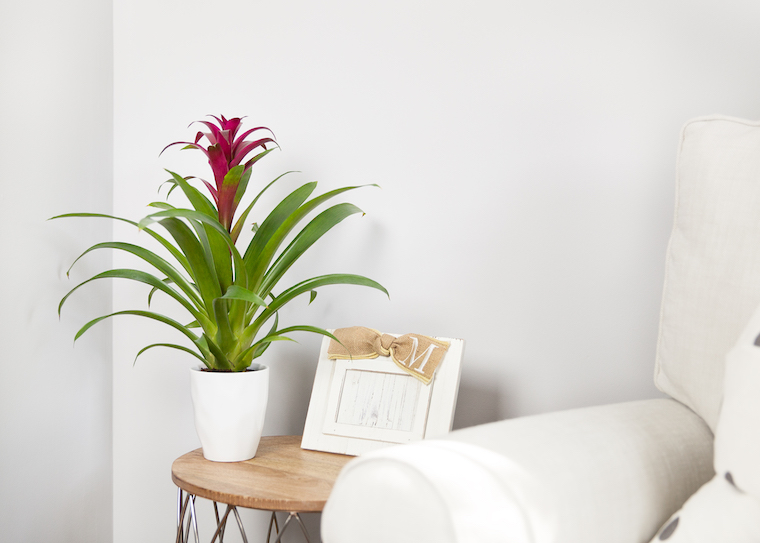Low Maintenance and Beautiful: Best Low-Light Indoor Plants for Your Home
Low Maintenance and Beautiful: Best Low-Light Indoor Plants for Your Home
Blog Article
Reveal the Tricks of Low-Light Indoor Plants and Just How They Boost Your Atmosphere
Low-light interior plants have actually amassed boosting focus for their one-of-a-kind capacity to enhance both aesthetic allure and environmental high quality within homes and workplaces. These resilient types, consisting of the Serpent Plant and Peace Lily, not only thrive in difficult lights problems yet additionally play an essential role in air filtration and psychological health. Comprehending the certain advantages and care needs of these plants can considerably affect your space. As we check out the details of their advantages, you may discover understandings that might change your surroundings in unanticipated means.
Advantages of Low-Light Indoor Plants
Although lots of people presume that indoor plants need plentiful sunlight to prosper, low-light interior plants provide a wide range of benefits that make them ideal for numerous settings. Among the main advantages is their adaptability; they can thrive in spaces with minimal natural light, such as workplaces, basements, or spaces with tiny windows. This feature permits individuals to boost their environments with greenery, adding to improved appearances without the requirement for extensive illumination alterations.
Furthermore, low-light interior plants can significantly enhance indoor air high quality by releasing and filtering unsafe toxins oxygen, making living spaces healthier. The visibility of plants has been linked to greater feelings of peace and focus.
Moreover, low-light plants typically require less maintenance than their sun-loving counterparts, making them excellent for active individuals or those brand-new to horticulture. Their resilience allows them to flourish with very little treatment, therefore providing a fulfilling experience for plant fanatics and beginners alike. In summary, low-light indoor plants serve both aesthetic and useful objectives, making them beneficial enhancements to any kind of room.
Top Low-Light Plant Ranges
Low-light indoor plants can be found in a range of types, each offering one-of-a-kind qualities and benefits suited for dark settings. Among the most popular selections is the Serpent Plant (Sansevieria), known for its air-purifying capacities and architectural leaves. This resilient plant thrives on neglect and can endure a vast array of light problems.
One more excellent option is the ZZ Plant (Zamioculcas zamiifolia), which features shiny, dark eco-friendly leaves and is highly drought-tolerant. Its versatility makes it a preferred for offices and homes with restricted sunlight.
The Pothos (Epipremnum aureum) is likewise a leading challenger, with its tracking vines and heart-shaped leaves - Best low-light indoor plants. This flexible plant can be trained to climb up or cascade, including visual rate of interest to any type of area

Treatment Tips for Low-Light Plants
Caring for low-light interior plants calls for a nuanced understanding of their certain needs to make sure optimal growth and vitality. Initially, it is vital to pick the right potting mix, as a well-draining soil is crucial to avoid root rot. A mix created for houseplants, usually having peat moss and perlite, functions well for most low-light selections.
Watering is an additional read the full info here vital element of treatment. Low-light plants usually require much less frequent watering contrasted to their sun-loving counterparts.
Fertilization must be approached with care. Throughout the growing period, a watered down fluid plant food can be used monthly, yet in winter season, many low-light plants get in dormancy and need little to no fertilization.
Lastly, it is necessary to periodically cleanse the fallen leaves to remove dirt, enabling for much better light absorption. By adhering to these treatment ideas, you can grow a growing atmosphere for your low-light interior plants, enhancing both their look and durability.
Enhancing Air Quality With Plants
Interior plants play a significant role in improving air high quality within homes and workplace. With the procedure of photosynthesis, these plants absorb carbon dioxide and release oxygen, adding to a much healthier atmosphere. Furthermore, specific low-light interior plants possess the capacity to filter damaging toxins, such as trichloroethylene, formaldehyde, and benzene, which are typically found in indoor atmospheres.

Additionally, the presence of interior plants can increase moisture degrees, which assists ease completely dry skin and respiratory system problems, further enhancing total health. This capability to enhance air quality not just promotes physical health however likewise supports mental wellness.
Incorporating low-light indoor plants into your living and functioning areas can result in an extra stimulating and vibrant environment (Best low-light indoor plants). Buying these natural air purifiers is an easy yet effective strategy for enhancing indoor air top quality and cultivating a healthier way of living
Creating a Calm Indoor Area
The integration of plants into living rooms not only enhances air top quality however likewise adds to a relaxing environment. Low-light indoor plants, such as serpent plants and pothos, are specifically reliable in producing a serene setting, as they prosper in problems that may or else be inhospitable for various other greenery. Their lavish vegetation gives a calming aesthetic, minimizing anxiety and advertising relaxation.
Integrating these plants into your home or office can evoke a sense of peace and well-being. Strategically positioning them in areas where you spend significant time, such as living workspaces or areas, enables for an immersive experience with nature, which has actually been revealed to boost state of mind and cognitive feature.
In addition, the mild movement of leaves in reaction to air flow can develop a vibrant aesthetic aspect that improves the general setting. Consider utilizing a selection of plant elevations and structures to include deepness and rate of interest to your room. With thoughtful positioning and care, low-light interior plants can change any kind of location into a serene shelter, fostering not only aesthetic contentment but mental and likewise emotional health.

Conclusion
Integrating low-light interior go to the website plants right into various environments returns considerable advantages, including boosted air top quality and improved visual appeal. These sturdy species not only prosper in minimal light yet additionally add to a relaxing ambience, advertising emotional and psychological wellness. By selecting proper selections and executing appropriate treatment methods, individuals can effectively cultivate a serene interior space that promotes well-being and performance. The transformative power of low-light plants emphasizes their worth in enhancing both residential and work-related setups.
Although many individuals presume that interior plants need plentiful sunlight to prosper, low-light interior plants use a wide range of advantages that make them optimal for numerous environments.In addition, low-light indoor plants can significantly boost interior air top quality by filtering system hazardous toxic substances and releasing oxygen, making living rooms healthier. In addition, certain low-light indoor plants have the ability to filter harmful toxins, such as formaldehyde, benzene, and trichloroethylene, which are generally discovered in interior atmospheres.
Low-light indoor plants, such as snake plants and pothos, are specifically reliable in producing a tranquil environment, as they thrive in conditions that might or else be unwelcoming for various other greenery.Incorporating low-light interior plants right into different atmospheres returns significant advantages, including boosted air quality and improved visual allure.
Report this page